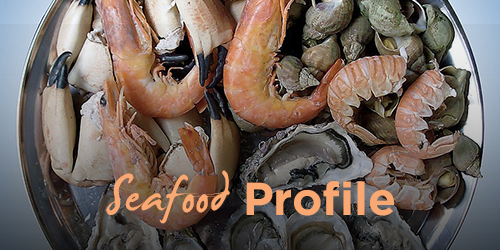
Ceviche is, of course, fish or other seafood that is marinated in citrus juices and other ingredients so that it is “cooked” without heat. Whoa, you say, isn’t ceviche just a fancy way to make sushi or sashimi? How can you cook without heat?
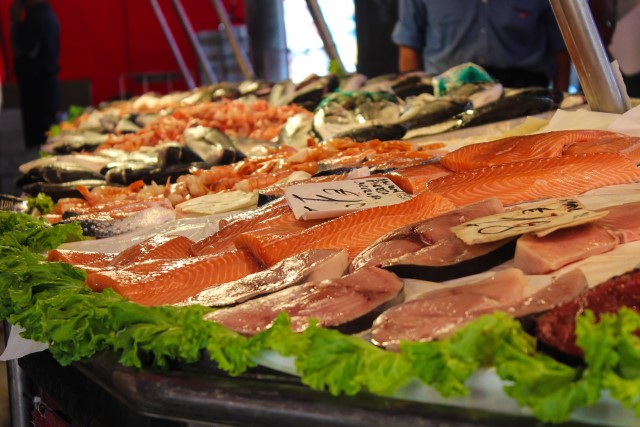
No, ceviche is not raw seafood. Let me explain using the example of fish, which consists mostly of protein fibers that resemble coiled springs. When heat is applied, starting at about 130 degrees F., the bonds holding these fibers in place begin to relax–that is called denaturing–and then the protein fibers straighten out and link together (coagulation). The fish is thus cooked. However, this process can be caused by more that just heat. Air drying, a very old culinary practice, has the same effect, and so does acidity. So the citric acid in limes, lemons, grapefruit, and oranges has precisely the same effect on the protein in fish and other seafood that heat does.
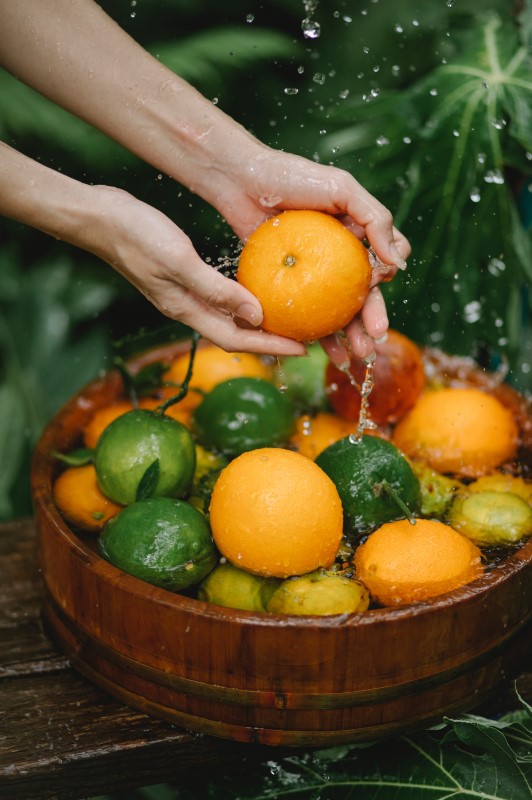
One major difference, however, is that citric acid will not kill any parasites in the fish like heat will. Fortunately, most fish are parasite-free, as any sushi chef will tell you. So the rule of thumb is: if you are comfortable eating sushi or sashimi, go ahead and try ceviche. If you are not, don’t. When in doubt, freeze the fish according to the following guidelines:
- 7 days at -4 F; or
- 15 hours at -31 F; or
- Freeze to -31 F then store for 24 hours at -4 F or colder
These will kill the parasites, making the defrosted fish safe to be eaten raw or in ceviche.
Ceviche Origins
Both the origin of the word ceviche and the dish itself are lost forever. However, we have some hints. Since all citrus fruits are Asian in origin, they were introduced into the Americas by Europeans, so the dish is post-Conquest. The Incas were known to each raw fish marinated in chicha, a beer made from corn, so it is possible that after the Spanish introduced limes, they were substituted.
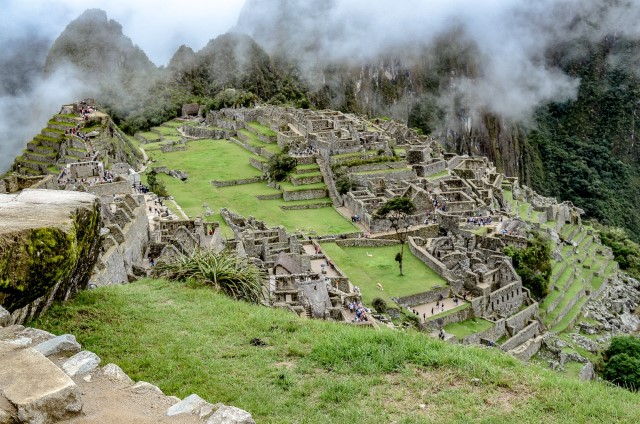
Photo by logan primm from Pexels
There is much debate about where ceviche originated, which most sources narrowing the location down to either Peru or Ecuador. The people of both countries catch and eat a lot of seafood, but because of the Incan connection, it seems to me that Peru would be a logical choice. Not that it makes much difference where the birthplace was. According to Linda Stradley, the author of What’s Cooking America, “ The preparation and consumption of ceviche is practically a religion in parts of Mexico, Central, and South America, and it seems as though there are as many varieties of ceviche as people who eat it.”
Spice it Up
Virtually any seafood can be made into ceviche, including white fish (salmon and other dark fish don’t work that well), shrimp, clams, lobster, and conch and squid (tenderized first). The chiles used are those native to the different regions that specialize in ceviche. In South America, the ajís and rocotos are used, while in Mexico the chiles of choice are jalapeños and serranos are popular. However, virtually any chile can be used in any ceviche.
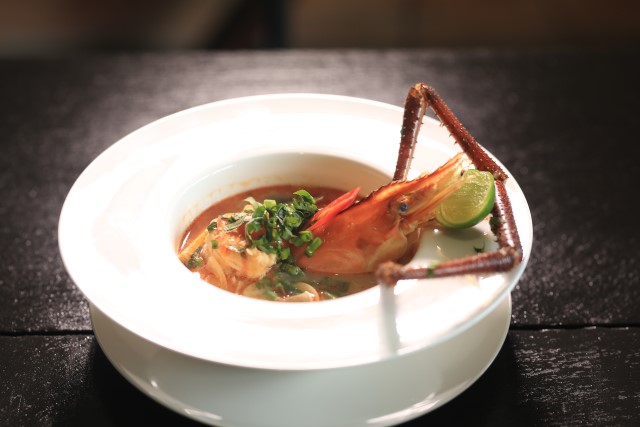
Photo by HM Grand Central Hotel from Pexels
Other vegetables and spices are also combined with the seafood, citrus juice, and chiles, including oregano, salt, tomatoes, onions, garlic, and more. The recipes will reveal a number of interesting combinations..
In Ecuador, the juice that stays in the plate after eating the ceviche is called “tiger’s mik.” It is said to be good for hangovers, and it is perfectly acceptable to lift the plate to your mouth to drink it. Some people ever mix it with vodka to make a ceviche cocktail. Wait, before you protest, think of clam juice in a Bloody Mary!






